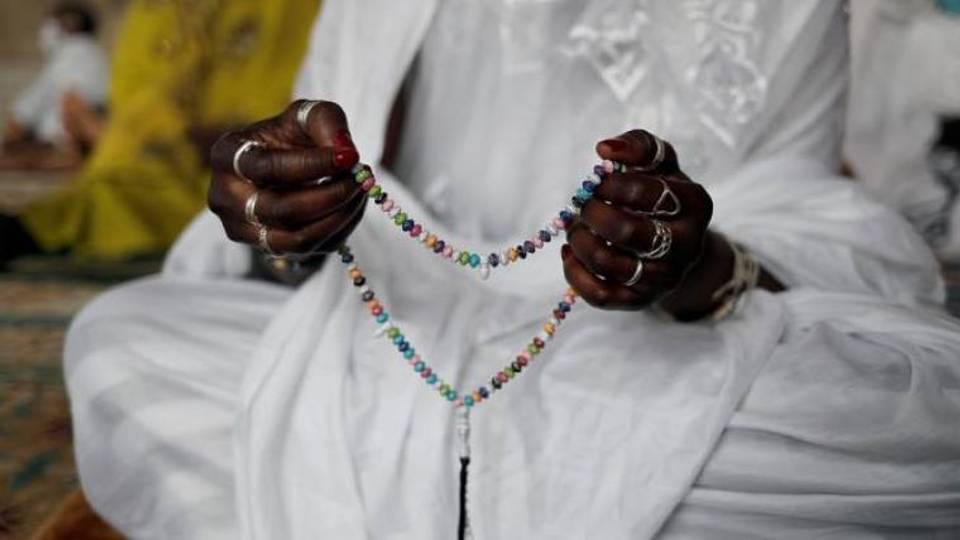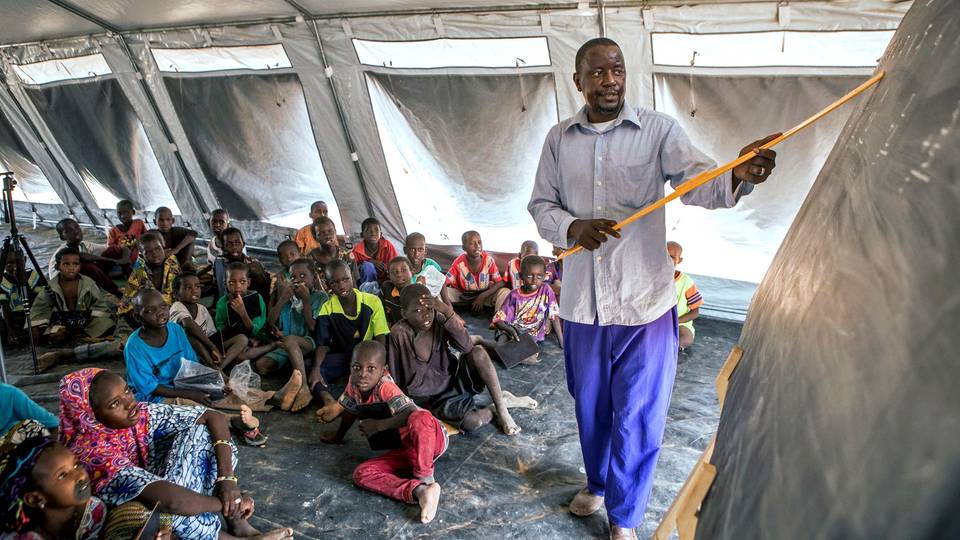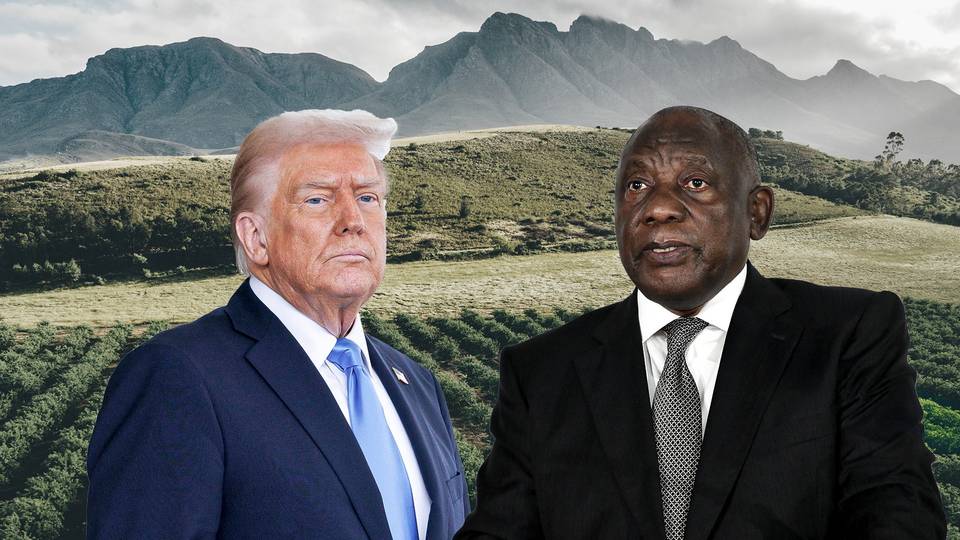Sport
Dollar
38,0981
0.17 %Euro
43,2322
0.02 %Gram Gold
3.943,9200
0.44 %Quarter Gold
6.509,6600
0.62 %Silver
39,5500
-0.08 %It's been 10 months since Israel's war on Gaza began. Here's a closer look at how mainstream Western media has covered the conflict, compared to what's being shared on social media platforms.

The war on Gaza which erupted in October has captured global attention due to the significant humanitarian cost, extensive infrastructure damage, and high casualty figures. According to UNICEF, tens of thousands of people have been killed in the past 10 months, including more than 15,000 children.
Many more have been seriously injured or remain missing under the rubble, and hundreds of thousands have been displaced, seeking refuge in overcrowded, unhygienic shelters. The economic toll has been equally substantial, with losses reaching into the billions of dollars, further crippling the already struggling Gaza economy.
How has the world been responding? Let's take a closer look at international media coverage of the war, comparing mainstream Western media to what's being shared on social media platforms.
Problematic constraints
The coverage of the Gaza war in mainstream Western media has been problematic for several reasons.
According to a review by the Al Jazeera Institute in January, many factors such as media routines, organisational policies, and social systems have impacted the journalistic coverage of this war, affecting the depth and richness of the narratives.
Media routines, which include standard practices and workflows within news organisations, often prioritise speed and efficiency over in-depth reporting. Organisational policies, such as editorial guidelines and resource allocation, further constrain journalists, potentially leading to more superficial coverage.
This convergence of influences results in reporting that may lack the depth and richness needed to fully convey the complexities of the conflict, thereby affecting public understanding and discourse.
Mainstream media has faced obstacles with regard to its output on Gaza, including political barriers, ideological challenges and logistical constraints.
Mainstream Western media has been criticised for failing to report on the Gaza crisis accurately, fairly, and comprehensively.
One major criticism is biased coverage that often prioritises the Israeli narrative over the Palestinian narrative, relying heavily on official reports from the Israeli side without adequate fact-checking.
Additionally, there is a lack of sufficient historical contextualisation and humanisation of Palestinian victims, often downplaying their day-to-day suffering.
Moreover, limited access by international journalists to Gaza due to political restrictions from the Israeli side and safety concerns further restricts comprehensive reporting. This leads many international media outlets to rely on official governmental statements and embedded journalism, limiting the diversity of perspectives and the depth of news coverage.
The complexities of the Gaza crisis are often reduced to an "Israel-Hamas conflict," exacerbating the reductionism and decontextualisation of the war's media coverage.
According to an analysis by the Intercept in January, CNN, MSNBC, and FOX News all provided skewed reports during the first months of the Gaza war. Major newspapers such as the New York Times, Washington Post, and Los Angeles Times favoured the Israeli side, exhibiting consistent bias against Palestinians and paying little attention to their daily suffering.
Coverage by Western media, especially United States media, revealed several gaps. These include the underreporting of Palestinian civilian casualties, lack of in-depth storytelling about personal stories of loss and suffering, and inadequate representation of Palestinian perspectives.
Social media shines
In contrast, social media has filled the gaps in reporting on the Gaza war. In recent years, it has emerged as a powerful force in shaping the narrative around global conflicts, including this latest one.
Social media platforms have become indispensable instruments for providing alternative narratives. Platforms such as Instagram, Facebook, and Twitter are giving voice to everyday people on the ground, showcasing their personal stories, images, and real-time updates.
Viral posts and hashtags, such as #freepalestine and #Gazaunderattack, have increased awareness and spurred conversations across geographic and ideological boundaries.
Citizen journalism on social media has enabled diverse viewpoints by presenting stories that may not be found in traditional media. This democratisation of information allows ordinary citizens to share their perspectives with a wide global audience.
Social media has also offered forums for activists, journalists, and the public to draw attention to human rights abuses and humanitarian concerns often ignored by mainstream media.
Social media significantly influences public views and shares stories about the Gaza war. For example, "social media influences the way Americans, especially young Americans, perceive the conflict. Younger audiences get more of their news from social media—particularly TikTok and Instagram—than from traditional media, such as newspapers and television."
Online campaigns boost awareness and encourage worldwide action, such as signing petitions and fundraising, using audio-visuals and hashtags like #GazaUnderAttack.
Additionally, social media platforms facilitate real-time updates and offer a platform for diverse perspectives.
For instance, Rosie and @ajplus on TikTok provide live reports on Gaza, while @mizna_arabart and e7saswafa use Instagram to report events and casualties from both sides. These platforms enable people to see beyond what broadcast media provides.
Double-edged sword
While social media offers excellent opportunities for alternative narratives about the Gaza war, it also has drawbacks. Increased polarisation is one such limitation, as social media platforms can create echo chambers where users are only exposed to information that reinforces their beliefs.
The rapid dissemination of misinformation, disinformation, and propaganda poses another serious challenge, necessitating critical media literacy skills by online users.
Moreover, social media usage in crisis areas poses moral questions about security and privacy. Sensitive information made public can put those on the ground at risk.
For example, the International Committee of the Red Cross (ICRC) had to issue a statement to debunk harmful and false information as a response to fake news that went viral about their work in Israel and Palestine.
Despite these limitations, social media remains essential for raising awareness, enhancing mobilisation and solidarity, and influencing mainstream media coverage. Social media platforms offer real-time updates, platforms for diverse perspectives, and offer an opportunity for eyewitness accounts, filling gaps in mainstream media coverage.
By doing so, the platforms amplify voices often unheard or neglected in traditional media, providing a more nuanced understanding of current events.
Western media coverage of the Gaza war has often reinforced biases by underrepresenting Palestinian perspectives and omitting historical context, shaping public opinion in the process.
Social media platforms like Instagram and TikTok help fill these gaps by offering immediate coverage from those affected, but they also introduce risks like misinformation and security threats. Media literacy is essential to navigate these challenges and harness the benefits of social media during conflicts.
The authors
Dr. Sahar Khamis is an expert in Arab and Muslim media, with a notable academic and professional background. She served as the Head of Mass Communication at Qatar University and was a visiting professor at the University of Chicago. She co-authored several books on Islamic discourses and political activism and has published extensively in both English and Arabic. Dr. Khamis is also a media analyst, public speaker, and human rights commissioner in Maryland. She hosts a monthly radio show on “U.S. Arab Radio.” In Fall 2023, she was elected President of the Arab-US Association for Communication Educators and Chair of the Spiritual Communication Division at the National Communication Association.
Felicity Sena Dogbatse is a second-year Ph.D. student in the Rhetoric & Political Culture track in the Department of Communication at the University of Maryland. Felicity completed her M.A. in Communication from Bowling Green State University and her B.A. in Communication from the University of Cape Coast, Ghana. Felicity’s research in the Ph.D. program lies at the intersections of gender studies, feminist research, digital media, intercultural communication, and social change.
Disclaimer: The views expressed by the author do not necessarily reflect the opinions, viewpoints and editorial policies of TRT Afrika.
Comments
No comments Yet




















Comment